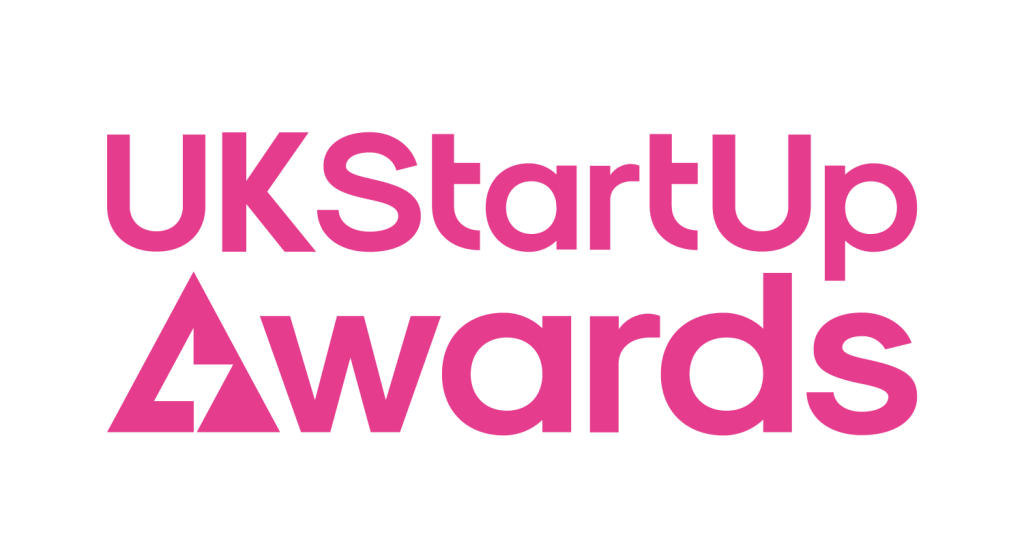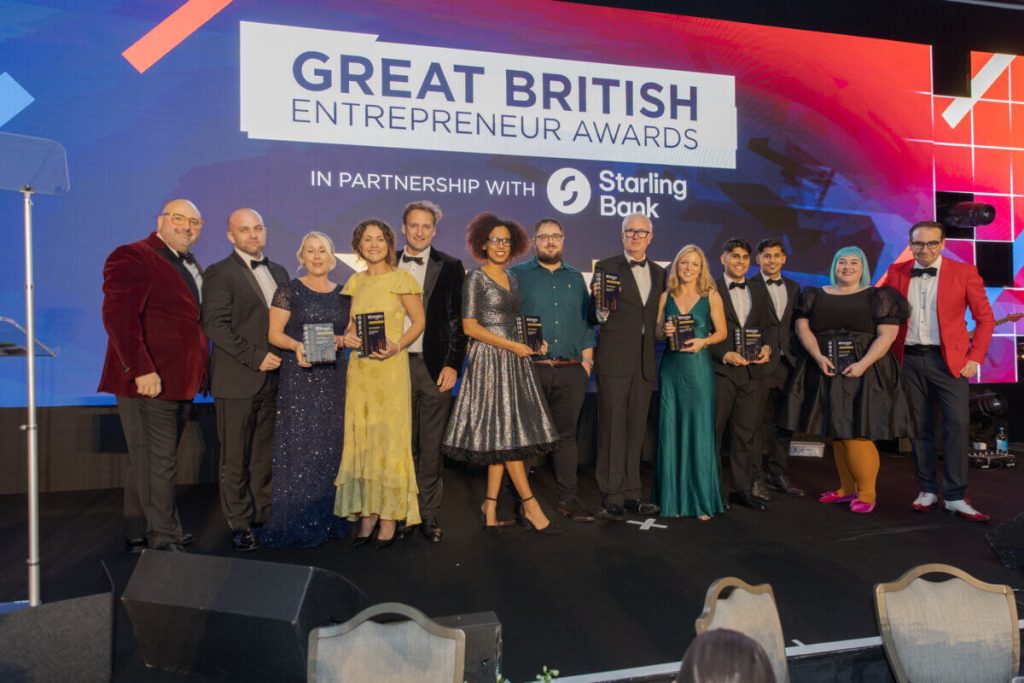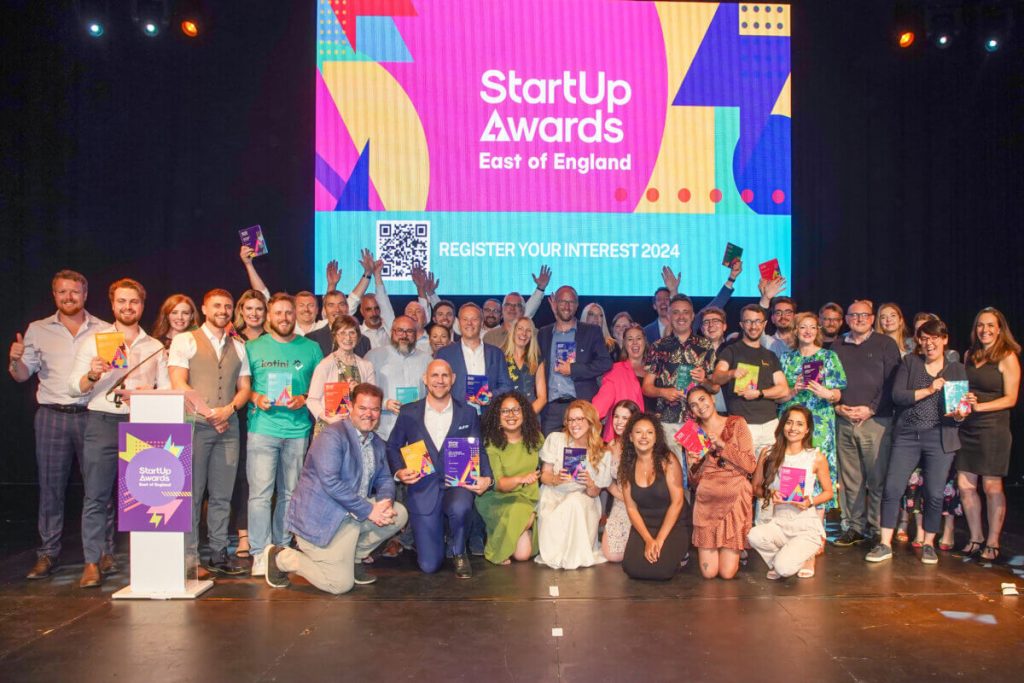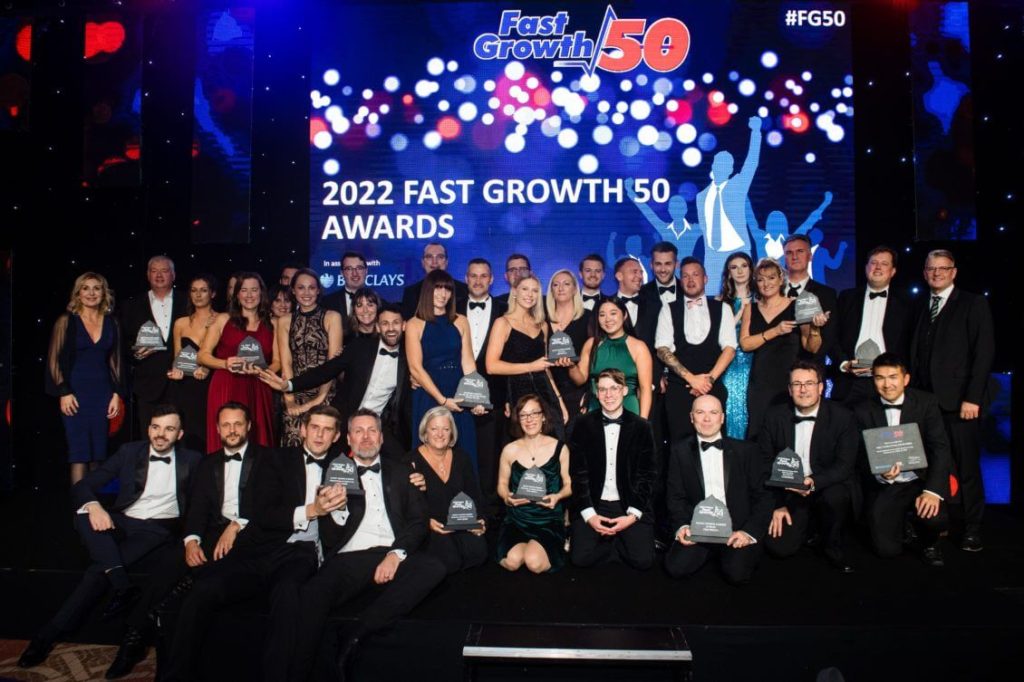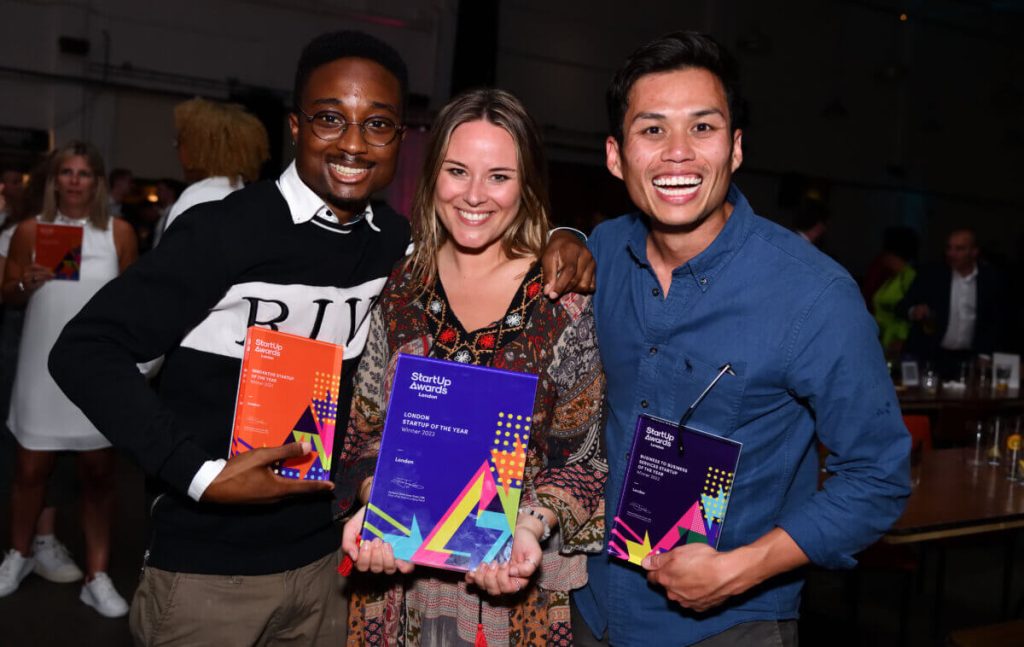Sport has a global reach. It’s accessible to all and understood by all, but above all else, it evokes emotional highs and lows in us like no other form of entertainment. For the right brand, an association with something that powerful is highly desirable.
The value of linking sports with brands has been understood for well over a hundred years, which is why sports marketing is not the new phenomenon people might believe it is.
Tobacco cards, featuring the baseball stars of the day, first appeared in the 1870s, but the real growth in sports marketing is inextricably linked to the rise in TV coverage of sport over the last 60 or 70 years.
The first major League Baseball game was televised in 1939 and helped make Babe Ruth the first six-figure athlete in professional sport.
For the Berlin Olympics of 1936, Adi Dassler provided spikes free of charge to the sprinter Jesse Owens. In its early years, sports marketing was purely about product placement and building product credibility, and it wasn’t until the late 70s and early 80s that the use of sports as a marketing tool really started to capture the collective corporate imagination.
While sports sponsorship is primarily concerned with brand awareness, sports marketing is about activating sponsorship contracts. In its purest form, it is about creating a connection between the symbol and the brand and communicating this to the consumer.
Since the early 1980s, the use of sport to market products and services has grown phenomenally. The popularity of sport and resulting sports coverage meant that sports stars were able to capture the hearts and minds of the general public and so started to transcend their sport. And that’s why the modern Olympics have become a major brand event.
The cost to Canada of staging the Montreal Olympics of 1976 ran to millions of dollars. Just eight years later, the Los Angeles Olympics of ’84 made its organisers an estimated profit of US$200m. They had grasped that, by commercialising the modern Olympiad, corporate sponsors could access a global audience, in this case 2.5 billion people in 156 countries.
While the benefits of Olympic association are many and various, the greatest is being able to stake a claim to the defining moments in sporting history and to revisit those moments – or moment – for ever. So a phenomenal long-term return on investment, perhaps over 30 or 40 years, is perfectly feasible.
The Beijing Olympics of 2008 marked a watershed in the evolution of sports marketing as Western brands fought toe to toe with established brands from China and the rest of Asia. It is in the emerging markets of India and China that we are likely to witness the major sports marketing battles of the next decade. Watch the established brands, such as Nike and Adidas, slug it out for market share against each other and against ‘upstart’ local sports brands such as Li Ning, the Chinese sportswear manufacturer.
In a sign of things to come, Li Ning signed the Russian pole vaulter Yelena Isenbyeva from adidas in 2008 for a reported US$2.5m per annum, making her the highest paid track and field athlete in the world.
The emergence of new markets is also likely to see new brands enter the fray. Although there will be more competition, it will bring new and additional investment to the market.
One of the greatest examples of this is in the English Premier League, where Far Eastern brands are now dominating sponsorship agreements with EPL Clubs. Mansion Casino, Chang Beer and Kuomo Tyres are just some of the brands now building a global profile, while reinforcing a strong domestic presence.
It seems likely that the next development will see those same Far Eastern brands looking to activate sponsorships from the English market in Far Eastern countries. This is the changing face of sports marketing and even well-established British brands are starting to target these sponsorships with a view to growing their business in emerging markets.
Standard Chartered Bank, for example, justifies its sponsorship agreement with Liverpool FC, as an investment that will help it to drive more business in the Far East.
Interestingly, companies who see value in investing heavily in sports marketing initiatives regard the principal payback as being not just financial.
No, for them the return on that investment is passion. Sport, at any level, is all about creating passion for the consumer and about winning over hearts and minds, deliverables that advertising campaigns cannot always achieve.
That ability to touch consumer emotions will continue to prompt some unlikely entrants to the sector. In the past few years, for example, darts has undergone a major image change, without alienating its roots, and emerged as a serious option for sponsors and TV exposure.
It’s interesting, too, that we frequently view sports marketing as an all-conquering way of putting a brand or service in front of a global audience: call it the Formula 1 effect , if you like. Yet Aviva, the insurance giant, has gone to the other end of the spectrum, but to no less effect.
As a global brand, they could have chosen (and afforded) to sponsor any team or event – anywhere. Instead, they have selected Norwich City, as the club allows them to use the passion and excitement it generates to create an emotional link with the people of Norwich, where the majority of Aviva’s staff are based.
This is all a far cry from the late 90s and early 00s, when rights holders were selling every element they could to increase revenue: stadium naming rights, official partners for financial services, alcohol, soft drinks, sportswear, TV, utilities etc all came under the hammer.
Supporters began to get fed up with clubs/teams/events abusing the emotional connection between them and their team to sell sub-standard products and services. As a result, it has become more commonplace now for rights holders to have fewer partners, but to designate more rights to them and to ensure that they are financially sound and responsible brands.
Taking this one step further, Aston Villa FC donated their shirt sponsorship to a charity – ACORNS. This gesture of goodwill has made Villa a standard bearer in football sports marketing/sponsorship.
Demonstrating that they are a responsible organisation has made them appear more desirable to other sponsors and they have seen a rise in the number of supporters supporting the club’s partners.
This trend is set to continue post 2012 and we will see more and more brands becoming involved in community projects, almost in an echo of the enthusiastic adoption by their parent companies of Corporate Social Responsibility (CSR) and other social initiatives.
In the meantime, we can just sit back and anticipate the growing buzz around London 2012, likely to be the most branded and sponsored Olympiad to date.


















